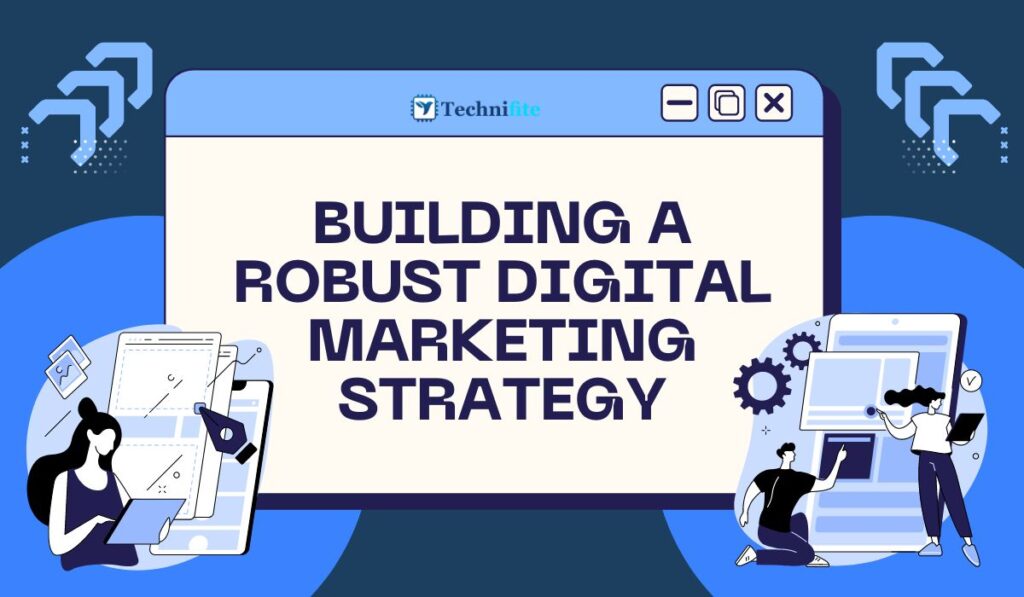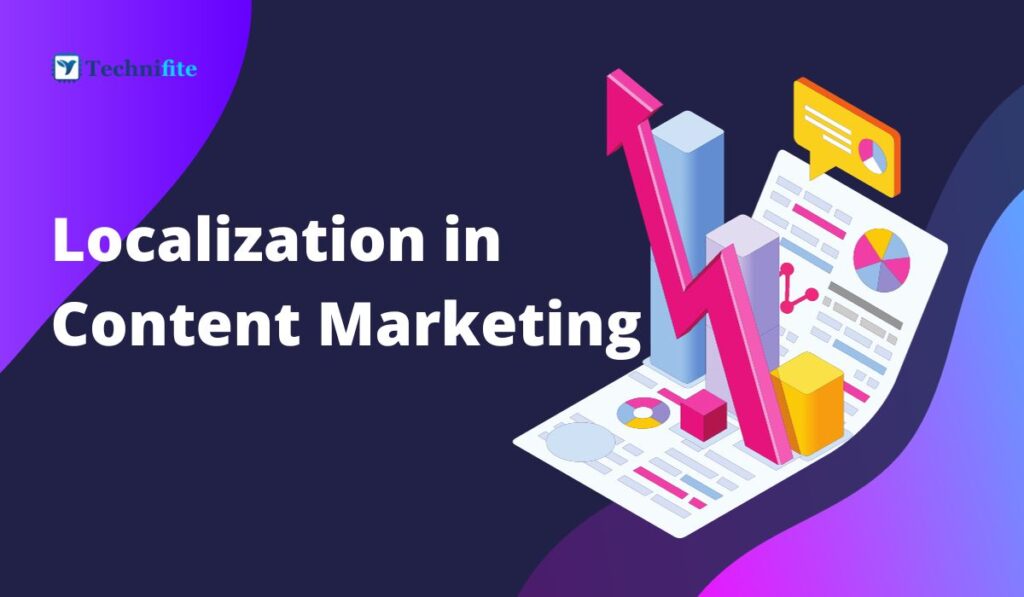In today’s digital age, a robust digital marketing strategy is essential for businesses aiming to thrive and grow. However, creating an effective digital marketing plan involves more than just throwing some ads online and hoping for the best. It requires careful planning, a deep understanding of your target audience, and a commitment to ongoing optimization. In this blog, we’ll guide you through the steps to build a strong digital marketing strategy that drives results, from initial planning to execution.
Step 1: Define Your Goals and Objectives
Every successful digital marketing strategy starts with clear and measurable goals. What are you trying to achieve? Is it increased website traffic, higher conversion rates, brand awareness, or something else? Your objectives should be specific, measurable, achievable, relevant, and time-bound (SMART).
Step 2: Know Your Audience
Understanding your target audience is critical. Develop buyer personas to define your ideal customers, considering demographics, interests, pain points, and online behaviour. This knowledge will guide your content creation and targeting efforts.
Step 3: Conduct Competitor Research
Analyzing your competitors can provide valuable insights. Identify who your competitors are, what strategies they’re using, and where they’re succeeding or falling short. This information will help you differentiate your brand and find opportunities in the market.
Step 4: Choose the Right Digital Marketing Channels
There’s no one-size-fits-all approach to digital marketing. Select the channels that align with your audience and goals. Common channels include:
- Search Engine Optimization (SEO): Optimize your website to rank higher on search engine results pages (SERPs).
- Content Marketing: Create valuable, relevant, consistent content to attract and engage your target audience.
- Email Marketing: Use email campaigns to nurture leads and maintain customer relationships.
- Social Media Marketing: Build and engage with your audience on platforms like Facebook, Instagram, Twitter, and LinkedIn.
- Pay-Per-Click (PPC) Advertising: Run targeted ads on platforms like Google Ads and social media to drive traffic and conversions.
Step 5: Develop a Content Strategy
Content is the backbone of digital marketing. Create a content calendar outlining what content you’ll produce and when. This should align with your audience’s interests and needs. Content can include blog posts, videos, infographics, podcasts, and more.
Step 6: Allocate Your Budget Wisely
Your budget should reflect your goals and chosen channels. Allocate resources where they’ll have the most significant impact. Be prepared to adjust your budget as you gather data and learn what works best for your audience.
Step 7: Implement Tracking and Analytics
Set up tracking tools like Google Analytics to measure your strategy’s effectiveness. Monitor key performance indicators (KPIs) such as website traffic, conversion rates, click-through rates, and ROI. Regularly review these metrics to identify what’s working and what needs improvement.
Step 8: Test and Optimize
Digital marketing is an iterative process. Continuously test different approaches, ads, and content to refine your strategy. A/B testing can help you make data-driven decisions and improve your results.
Step 9: Stay Informed and Adapt
Digital marketing is constantly evolving. Stay up-to-date with industry trends, algorithm changes, and emerging technologies. Adapt your strategy accordingly to remain competitive and relevant.
Step 10: Seek Professional Guidance
Consider working with digital marketing experts or agencies if you have the resources. They can provide valuable insights, expertise, and resources to help you achieve your goals more efficiently.
Conclusion
A robust digital marketing strategy is the cornerstone of online success. By carefully planning, executing, and continuously optimizing your approach, you can connect with your target audience, build brand awareness, and drive meaningful results for your business. Remember that every business is unique, so tailor your strategy to your specific goals and audience.
Frequently Asked Questions
How long does it take to see results from a digital marketing strategy?
The timeline for results can vary based on factors like your industry, competition, and the specific tactics you’re using. Some strategies, like pay-per-click advertising, can yield quicker results, while others, such as SEO and content marketing, may take several months to show significant impact. It’s important to be patient and consistent with your efforts.
What’s the right budget for digital marketing?
There is no one-size-fits-all answer to this question, as the budget depends on your goals, industry, and competition. It’s essential to allocate a budget that aligns with your objectives and the channels you plan to use. Start with a budget you can comfortably afford and adjust it as you gather data and assess performance.
Should I be on every social media platform for a successful digital marketing strategy?
No, you don’t need to be on every platform. It’s better to focus on the most relevant platforms for your target audience. Research where your audience spends online, and concentrate your efforts there. Quality over quantity is key in social media marketing.
Q4: How often should I update my content?
The frequency of content updates depends on your resources and audience expectations. Blog posts, for example, can be updated as needed to keep them relevant and accurate. Social media content may require daily or weekly updates. The key is to consistently provide valuable and fresh content to your audience.
What role does mobile optimization play in digital marketing?
Mobile optimization is crucial in today’s digital landscape. With the increasing use of smartphones, a significant portion of web traffic comes from mobile devices. Ensure your website and digital assets are mobile-friendly, responsive, and load quickly on mobile devices to provide a seamless user experience and improve your search engine rankings.


